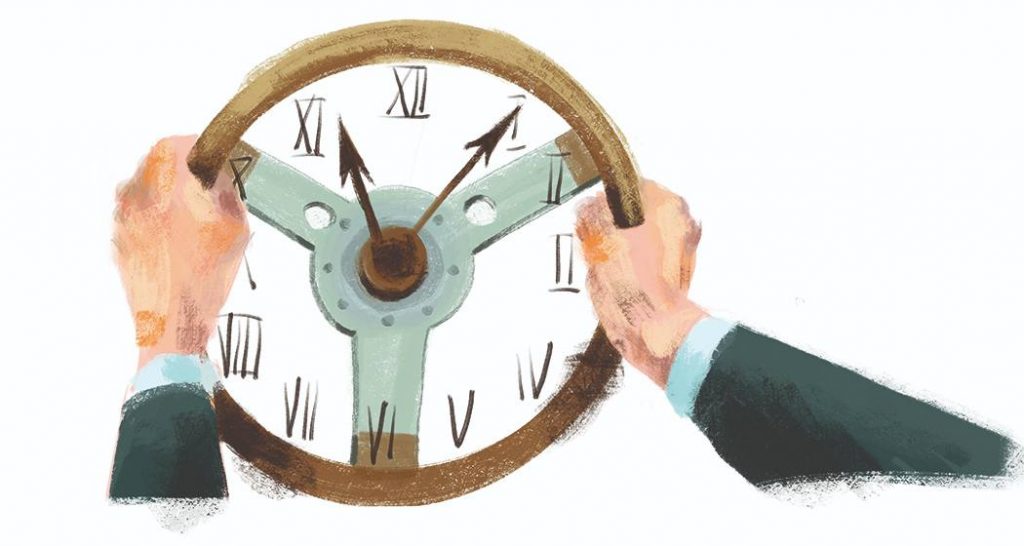
IESE Insight
Time check: how to control your agenda so it doesn’t control you
Research insights into how CEOs spend their time, which can help you think about how you are spending your own.
“Managers work at an unrelenting pace, their activities are characterized by brevity, variety and discontinuity, and they are strongly oriented to action and dislike reflective activities.”
So asserted Henry Mintzberg, based on his seminal study of managerial activity, which was published in The Nature of Managerial Work back in 1973. How much has changed in the decades since?
Harvard Business School Dean Nitin Nohria, together with Harvard professor Michael Porter, decided to find out. Between 2006 and 2018, they tracked CEO participants of their New CEO Workshop to see how they used their time — 24 hours a day, seven days a week, over 13-week periods. In 2018, they published their results so far, though the study is ongoing.
During a visit to IESE, Nohria took time out to highlight key takeaways from the research.
Why is time so important?
How you spend your time is not just something substantive; it becomes symbolic. By that I mean, you can quantify an hour spent with someone in strictly substantive terms. However, the time you spent with that particular person also represents time that you didn’t spend with someone else, and that other person might interpret this as, “You care more about that particular person than you care about me.” So, your use of time includes a symbolic dimension signaling to others who and what you consider to be important.
What inspired you to study how CEOs manage their time?
We were inspired by the workshop we ran for new CEOs. We would ask them about their biggest concern, and many of them said, “You know, I thought I was good at managing my time, but in this job, I suddenly find that whatever I had been doing in the past is being challenged, because in the CEO role, every constituency wants a piece of my time.” And if you have that much demand on your time, the temptation is to schedule every minute of it. But one thing we’ve learned from our study is to be careful about scheduling every minute of your time, because it’s important to maintain some unscheduled time.
How should that unscheduled time be used?
In at least one of two ways. One is to make yourself more available to people. In fact, because of the study, I personally changed my time this way. It’s too easy to get stuck in your office where everybody comes to meet with you, simply because that’s what makes you and your assistant most comfortable. Instead, I’ve been trying to make sure that I’m getting out of my office and meeting people on their turf.
Unscheduled time should also be used to get a feel for what’s going on in the organization. Walk the halls. Not everything happens by plan. It’s a good way of staying attuned to spontaneous events that happen in real time. If you’re always on a schedule, time goes by and you haven’t really given certain matters the attention they deserve.
For example, you can follow up on how people are reacting. Say you were in a meeting, and you had a sense when someone left that meeting that they weren’t very happy. This is the time when you should walk by their office and say, “Is everything okay? Are you fine?” These are some of the ways in which unscheduled time can be used best.
And how not to use it?
The greatest risk we’ve seen is that people use spontaneous time just to do email. There’s always the inbox that seems to be filling up, if not in reality, then psychologically. And people are always tempted to do that. But that’s the worst way to spend these blocks of spontaneous time.
How should leaders balance the internal vs. external demands on their time?
Based upon our data, we found CEOs spend around 70% of their time on internal matters and 30% on external. The problem is, you can get so internally oriented that you’re not spending enough time with customers or investors; you’re not being the right spokesperson for the reputation of the company externally. Alternatively, you can get too distracted by the outside, constantly running around, managing investors, managing the reputation of the company on the outside, and then people inside the company say, “Where’s my CEO?” It’s very important to find the right balance.


